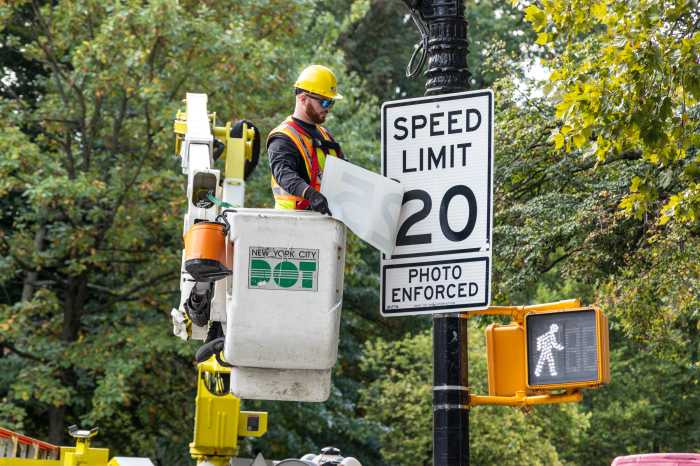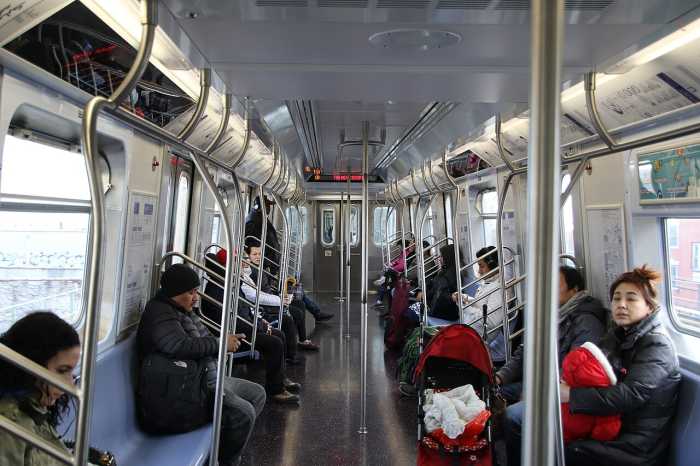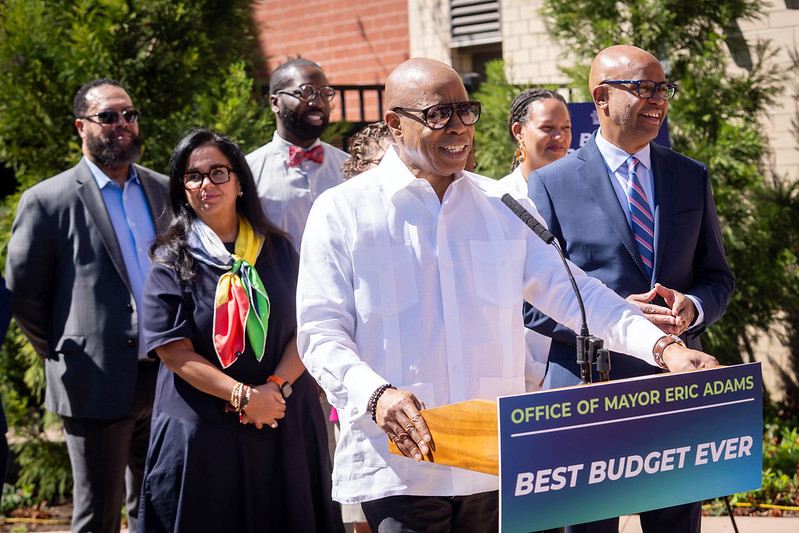The Metropolitan Transportation Authority unveiled the first of its new R211 subway train cars to hit the tracks for testing at the South Brooklyn Marine Terminal Thursday, July 1, after more than a year of delays.
“We waited for a while to get these R211s and the impact for the city, for our customers, for the ridership — there is just no words for it, it’s going to be amazing and we’re looking forward to getting these trains on the rails,” said Demetrius Crichlow, executive vice president of subways at MTA New York City Transit.
The new models built by Japanese manufacturer Kawasaki at their plant in Lincoln, Nebraska, will be tested by MTA starting in the coming weeks, before the Authority starts rolling out hundreds of new train cars into service between September 2022 and 2024.
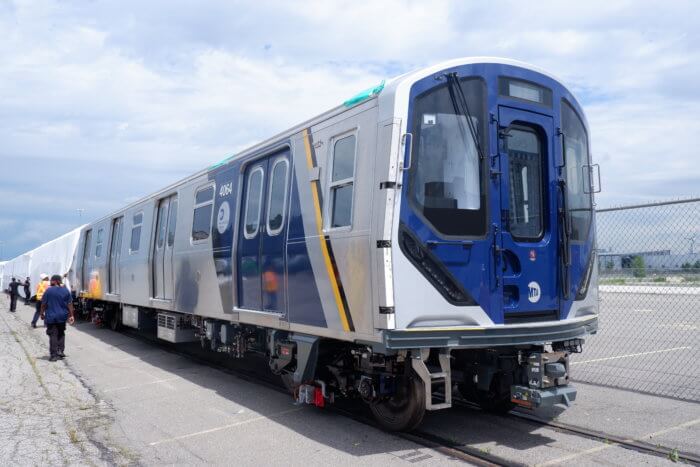
MTA contracted with Kawasaki to buy 535 of the cars for $1.4 billion, or just north of $2.6 million apiece, 440 of which will go into the subway, along with 75 for the Staten Island Railway.
Another 20 will have the so-called open gangway design, which connects each car with an accordion-style pathway allowing passengers to walk from one end of the train to the other.
The Authority also has the option to add more trains bringing the total fleet up to 1,612, according to Crichlow.
MTA unveiled prototypes for the cars all the way back in late 2017 on the mezzanine of the 34th Street-Hudson Yards station in Manhattan.
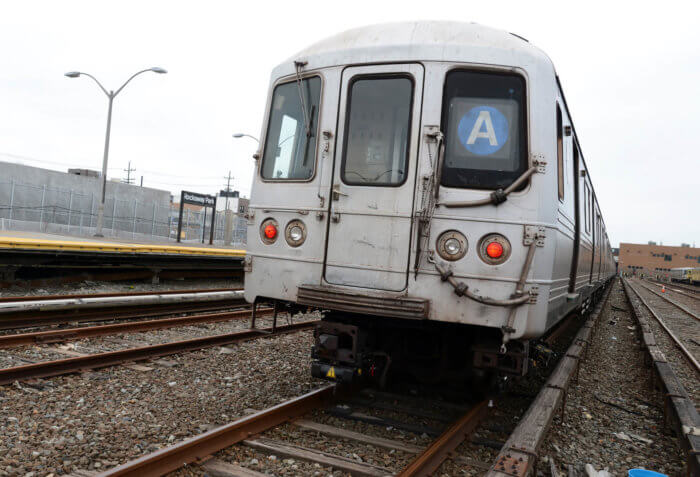
The first batch was supposed to debut in June 2020, but delivery was set back by the COVID-19 pandemic and “technical difficulties” on Kawasaki’s behalf, specifically with their propulsion software, according to MTA officials.
The shiny new trains will replace the old R46 models which date back to the late 1970s and the new cars offer an array of flashy specs, including LED lighting, digital displays, more fold-up seats that offer room for wheelchair users, and surveillance cameras.
The doors will also be eight inches wider than other subway cars — 58 inches instead of 50 inches — allowing for faster boarding times. Transit officials estimate that will reduce the time a train waits for people to get on and off, known as dwell time in jargon, by 25-30 percent.
Coupled with the new signaling system known as Communications-based Train Control, or CBTC, which MTA is installing on select lines, this will allow the agency to run more trains closer together and increase service.
The R211 trains will test-run on the Eighth Avenue Line, which carries the A and C trains, as well as the Queens Boulevard Line, which runs the E, F, M, and R trains.
To mark the maiden voyage, MTA pulled the cars onto the tracks at the Sunset Park waterfront rail terminal at 39th Street and First Avenue before sending them to the Coney Island Yard in Gravesend on the tracks of the D line.
Dozens of train buffs and other onlookers flocked to see the spectacle, including one Brooklynite who said he liked the new colors across the front of the cars in New York State’s blue and gold.
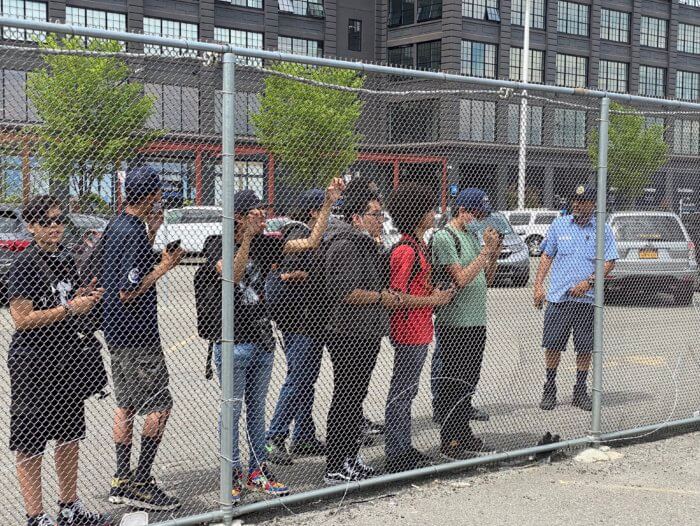
“The design in the front looks different from the others,” said Jamie Lessey, who said he’s been following the R211’s progress since they were first announced almost four years ago. “Since they ordered it in 2017, I’ve been checking every single day.”
The promised better service was most appealing to another youngster who traveled all the way from East Harlem to witness the new trains.
“It’s going to be a lot more reliable,” said Natassia Rodriguez.
This story first appeared on AMNY.com.





